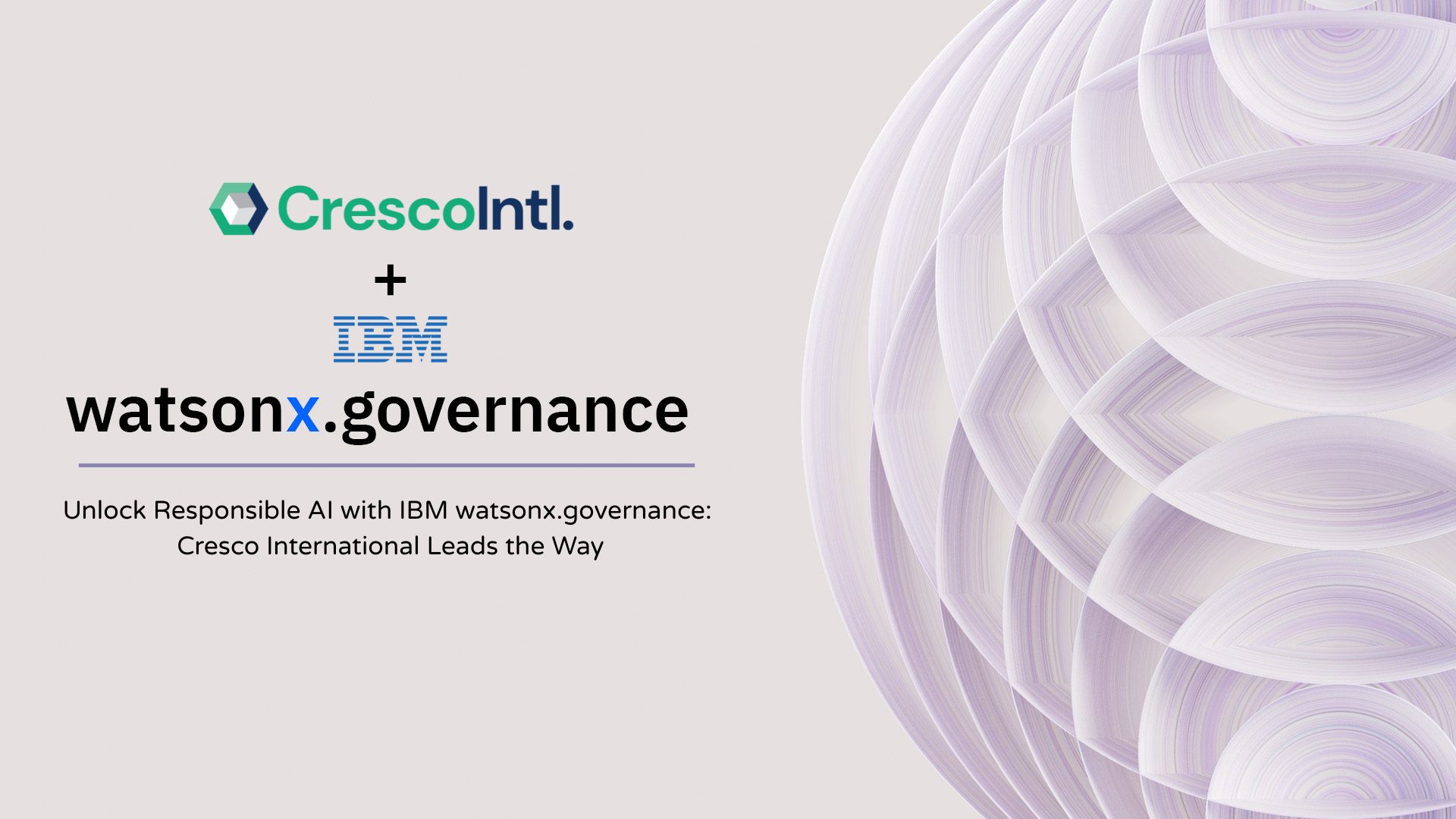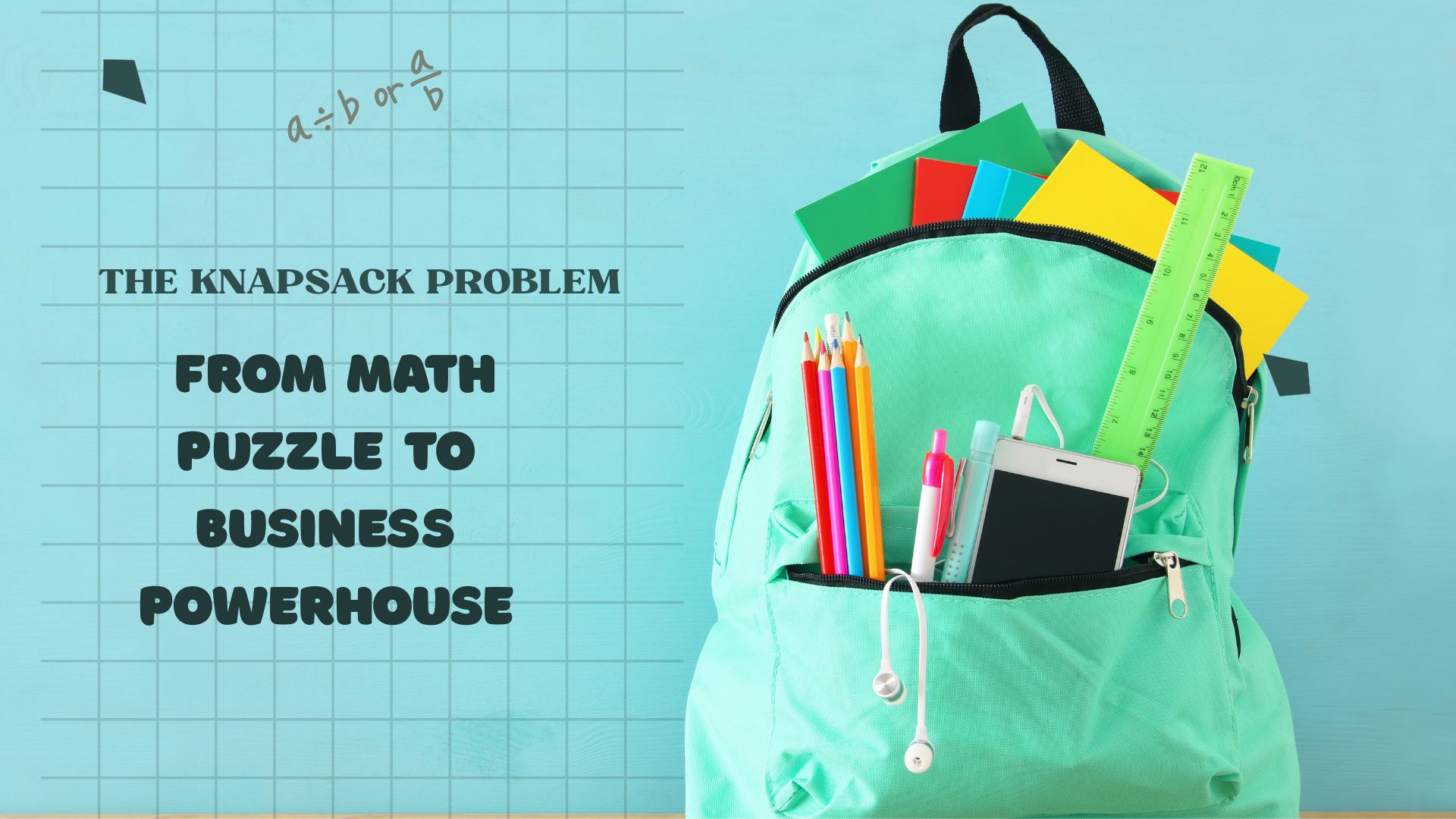The process of customer segmentation is very important for all marketing professionals. The major objective here is to sort out and or organize customers into certain groups who share common attributes. For example, credit cards owners are to be divided into separate subgroups based on how they make use of their credit card, what are the kinds of products they buy, what the amount they spend at any particular point of time, how frequently is their card being used by them, and so on. When large amounts of data have been democratized, marketers then study dozens of elements related to their customers. A few of customer elements might not have any correlation to the purchase behavior, while there are also other characteristics that correlate to the purchase behavior in various ways. The fact is that processing hundreds of different kinds of data by humans to find ceratin patterns is just not reasonable, which is why the method of clustering has been presented in the process of customer segmentation.
The process of clustering means using both machine learning and even algorithms (e.g., k-means, latent class analysis, hierarchical clustering, etc.) to find out how certain data points are related to each other and designing newer segments founded on those specific relationships. The features of the segments is deeply reliant on the measure of likeness that is used for each subject. The variables that measure likeness in customer segmentation can involve the following groups:
- Geographical group: area, region, density, city and even climate
- Demographical group: age of the person, size of their family, average family life cycle, income, gender, work, educational qualification, religion, and race
- Psychographical group: lifestyle, personality type, and values they live by.
- Behavioral group: wants and desires, decision-based roles, buyer willingness, status, and attitude of an individual.
The better you know your customer’s needs, desires, and their purchasing behaviors, the better you can construct marketing programs designed to fit those needs, desires, and behaviors.
One question that is often asked is that if we can understand linking the segments to certain critical dependent variables, then why any other analytics methods that overtly find a relationship between the likely predictors and the most dependent variable? The main reason is that clustering forms groups from unceasing variables, so if you are looking to make certain sets, then clustering is the best way to find the boundaries between certain sets of groups for you. For instance, we can use the process of clustering to categorize households into certain kinds of shoppers. Moreover, if there are K types, you can only create an estimation of K-1 coefficients for the types. Start listing the types you have, and which one will be your baseline. Clustering enables us to attain the boundaries between different shopper types, and get the exact picture of certain households’ characteristics at different levels of the outcome variable.
The Recency-Frequency-Monetary analysis is a technique used in marketing for understanding customer behavior like how recently has a customer made a purchase, or how frequeuntly the customer make a purchase, and exactly how much money does the customer spend. Aw we continue the above conversation, the RFM could be a ver useful technique to develop household segmentation by separating them into different types of shoppers for future personalization services and to recognize those shoppers who are more inclined to answer or pay attention to promotional activities. The following attributes of a customers behavior shall be studied.
- The recency of when the households shopped last
- The frequency the household to shop
- The amount of money the household spends while shopping

Figure 1 RFM Segmentation
The RFM Segmentation is basically the subject of rules base segmentation and offers a pretty easy but effective way to help cluster customers into groups.
The technique of clustering employs a huge number of approaches and even algorithms, like the k-means cluster, hierarchical cluster analysis, or even the two-step cluster. The important thing however, is to try and make this approach align with your business goal as closely as you possibly can. For instance, the hierarchical clustering technique can deal with a minor amount of data set and also effortlessly examine solutions with a big number of clusters. Also, if you have a huge data file (like 1,000 cases or so) or a mix of repeated and categorical variables, you need to use the two-step procedure.
In this blog, we will present a very useful scenario of customer segmentation. A product planning manager of a restaurant, can understand his/her customers based on their preference towards certain groups of food items they have purchased within a certain period of time. Moreover, the manager can even cluster the food items for similar types of groups through the calculation of an affinity score for the various products based on the customers’ buying behaviors. It can be noted that clustering is based on the customers purchasing records instead of the various features of these foods. Hierarchical clustering dendrogram is an amazing visualization technique to perceive the inter-relations among the food items and present the results at various levels of granularity. It can also give us more instinctive knowledge that can help us conduct further analysis.












